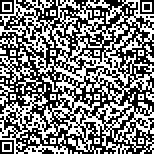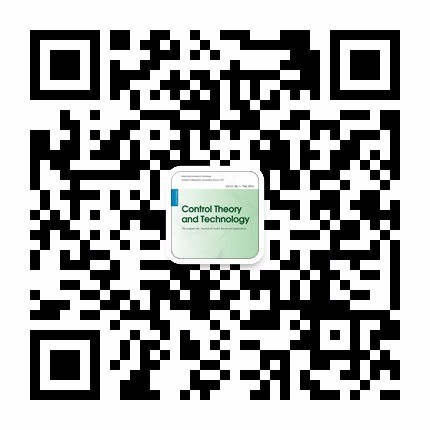| This Paper:Browse 663 Download 62 |

码上扫一扫! |
| Minimum energy optimal external torque control of human binocular vision |
| BijoyK.Ghosh,BhagyaAthukorallage |
|
|
| (1.Department of Mathematics and Statistics, Texas Tech University, Lubbock, TX, 79409-1042, USA;
2.School of Automation Engineering, University of Electronic Science and Technology of China, Chengdu, Sichuan, 610054, China) |
|
| 摘要: |
| In this paper, we consider eyes from the human binocular system, that simultaneously gaze on stationary point targets in space, while optimally skipping from one target to the next, by rotating their individual gaze directions. The head is assumed fixed on the torso and the rotating gaze directions of the two eyes are assumed restricted to pass through a point in the visual space. It is further assumed that, individually the rotations of the two eyes satisfy the well known Listing’s law. We formulate and study a combined optimal gaze rotation for the two eyes, by constructing a single Riemannian metric, on the associated parameter space. The goal is to optimally rotate so that the convergent gaze changes between two pre-specified target points in a finite time interval [0, 1]. The cost function we choose is the total energy, measured by the L2 norm, of the six external torques on the binocular system. The torque functions are synthesized by solving an associated ‘two-point boundary value problem’. The paper demonstrates, via simulation, the shape of the optimal gaze trajectory of the focused point of the binocular system. The Euclidean distance between the initial and the final point is compared to the arc-length of the optimal trajectory. The consumed energy, is computed for different eye movement chores and discussed in the paper. Via simulation we observe that certain eye movement maneuvers are energy efficient and demonstrate that the optimal external torque is a linear function in time. We also explore and conclude that splitting an arbitrary optimal eye movement into optimal vergence and version components is not energy efficient although this is how the human oculomotor control seems to operate. Optimal gaze trajectories and optimal external torque functions reported in this paper is new. |
| 关键词: Binocular vision · Riemannian geometry · Optimal control · Human eye movement |
| DOI:https://doi.org/10.1007/s11768-020-00015-x |
|
| 基金项目:Part of the work on this paper was possible while the first author was visiting the School of Automation Engg., UESTC at Chengdu, China as a Professor. This paper was also supported in part by Dick and Martha Professorship at Texas Tech University, Lubbock, U.S.A. |
|
| Minimum energy optimal external torque control of human binocular vision |
| Bijoy K. Ghosh,Bhagya Athukorallage |
| (1.Department of Mathematics and Statistics, Texas Tech University, Lubbock, TX, 79409-1042, USA;
2.School of Automation Engineering, University of Electronic Science and Technology of China, Chengdu, Sichuan, 610054, China) |
| Abstract: |
| In this paper, we consider eyes from the human binocular system, that simultaneously gaze on stationary point targets in space, while optimally skipping from one target to the next, by rotating their individual gaze directions. The head is assumed fixed on the torso and the rotating gaze directions of the two eyes are assumed restricted to pass through a point in the visual space. It is further assumed that, individually the rotations of the two eyes satisfy the well known Listing’s law. We formulate and study a combined optimal gaze rotation for the two eyes, by constructing a single Riemannian metric, on the associated parameter space. The goal is to optimally rotate so that the convergent gaze changes between two pre-specified target points in a finite time interval [0, 1]. The cost function we choose is the total energy, measured by the L2 norm, of the six external torques on the binocular system. The torque functions are synthesized by solving an associated ‘two-point boundary value problem’. The paper demonstrates, via simulation, the shape of the optimal gaze trajectory of the focused point of the binocular system. The Euclidean distance between the initial and the final point is compared to the arc-length of the optimal trajectory. The consumed energy, is computed for different eye movement chores and discussed in the paper. Via simulation we observe that certain eye movement maneuvers are energy efficient and demonstrate that the optimal external torque is a linear function in time. We also explore and conclude that splitting an arbitrary optimal eye movement into optimal vergence and version components is not energy efficient although this is how the human oculomotor control seems to operate. Optimal gaze trajectories and optimal external torque functions reported in this paper is new. |
| Key words: Binocular vision · Riemannian geometry · Optimal control · Human eye movement |

